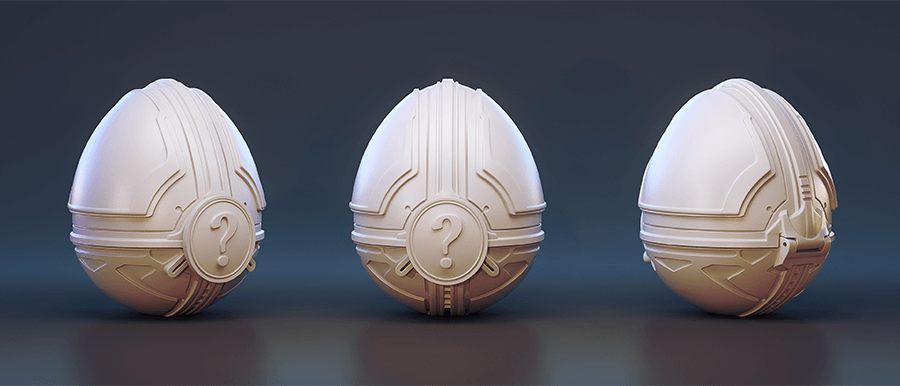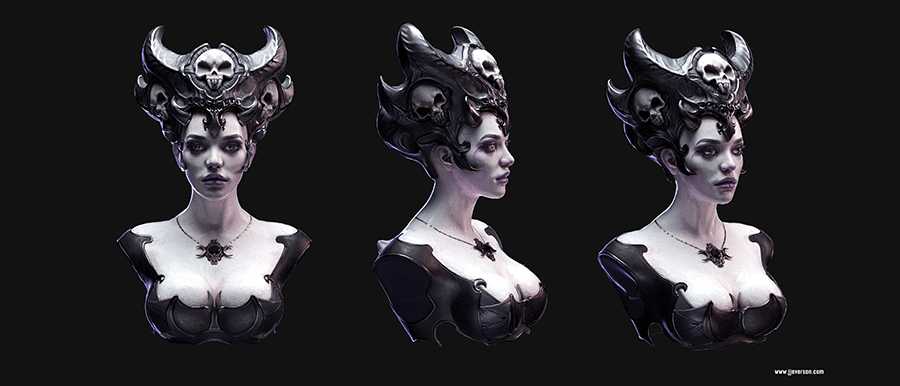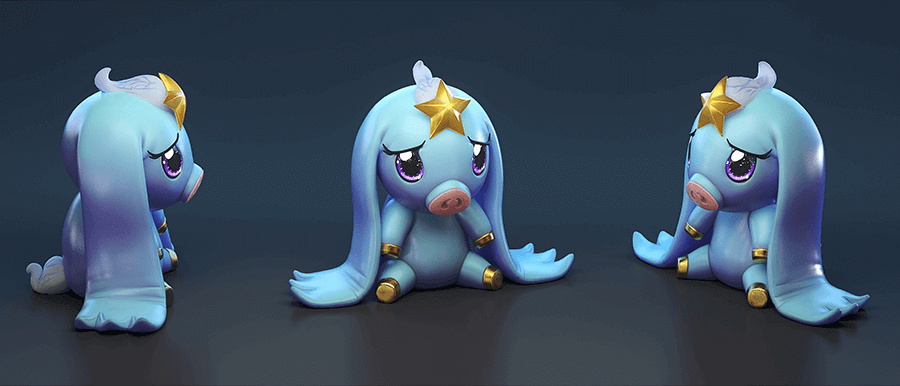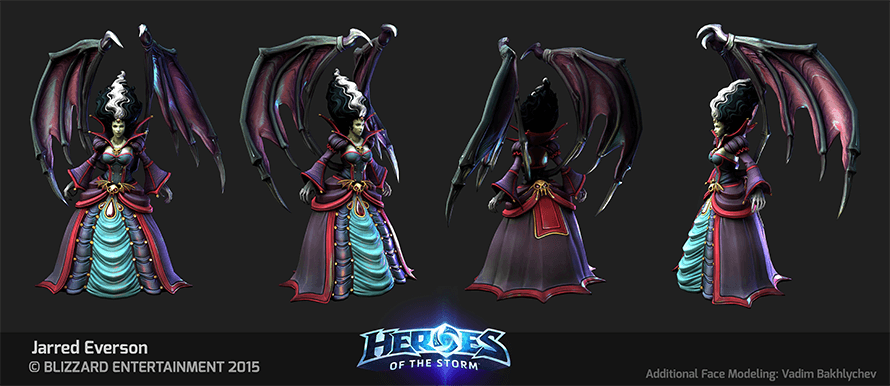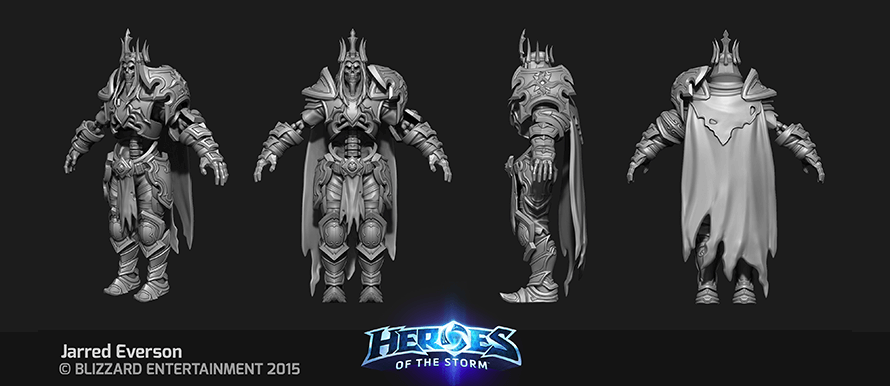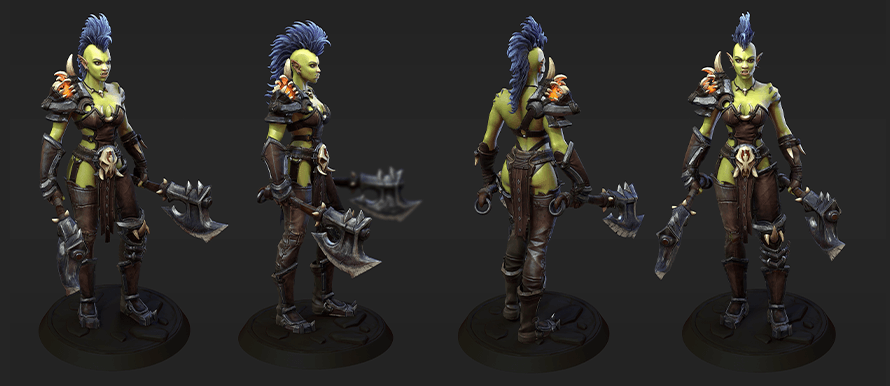3DArtist,JarredEverson
Next Level Procedural Material Creation
3D Artist, Jarred Everson
- 기간
- 일정
- 장소
- 문의
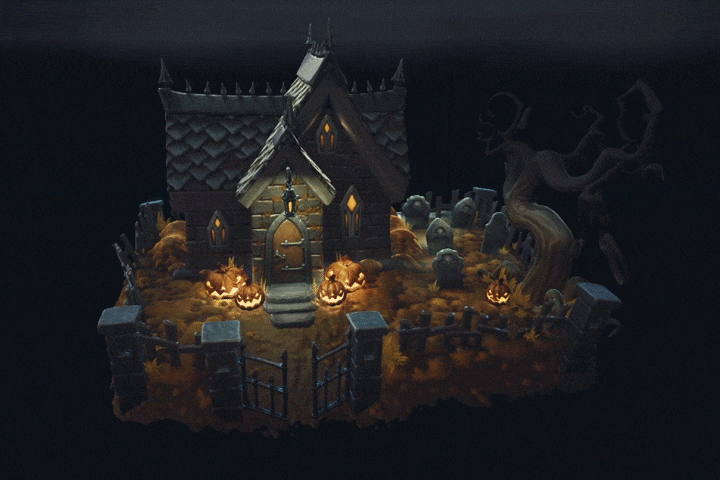
Learn stylized procedural material creation in Substance Designer and Houdini. Plus, get a breakdown of modeling in Maya, and sculpting in Zbrush.
Expert 3D Artist Jarred Everson's Portfolio
3D Artist
Jarred Everson
Hi, my name is Jarred Everson, and I am currently a technical art lead at Lightforge Games.
WIth over 15 years of experience as a 3D artist, I’ve been working in various teams and studios of different sizes, developing my skills.
I will be able to give you an overview of the 3D art pipeline from blockout to rendering.
My goal is to help you build skills to not only use the software needed for the process,but to help you create your own unique assets.
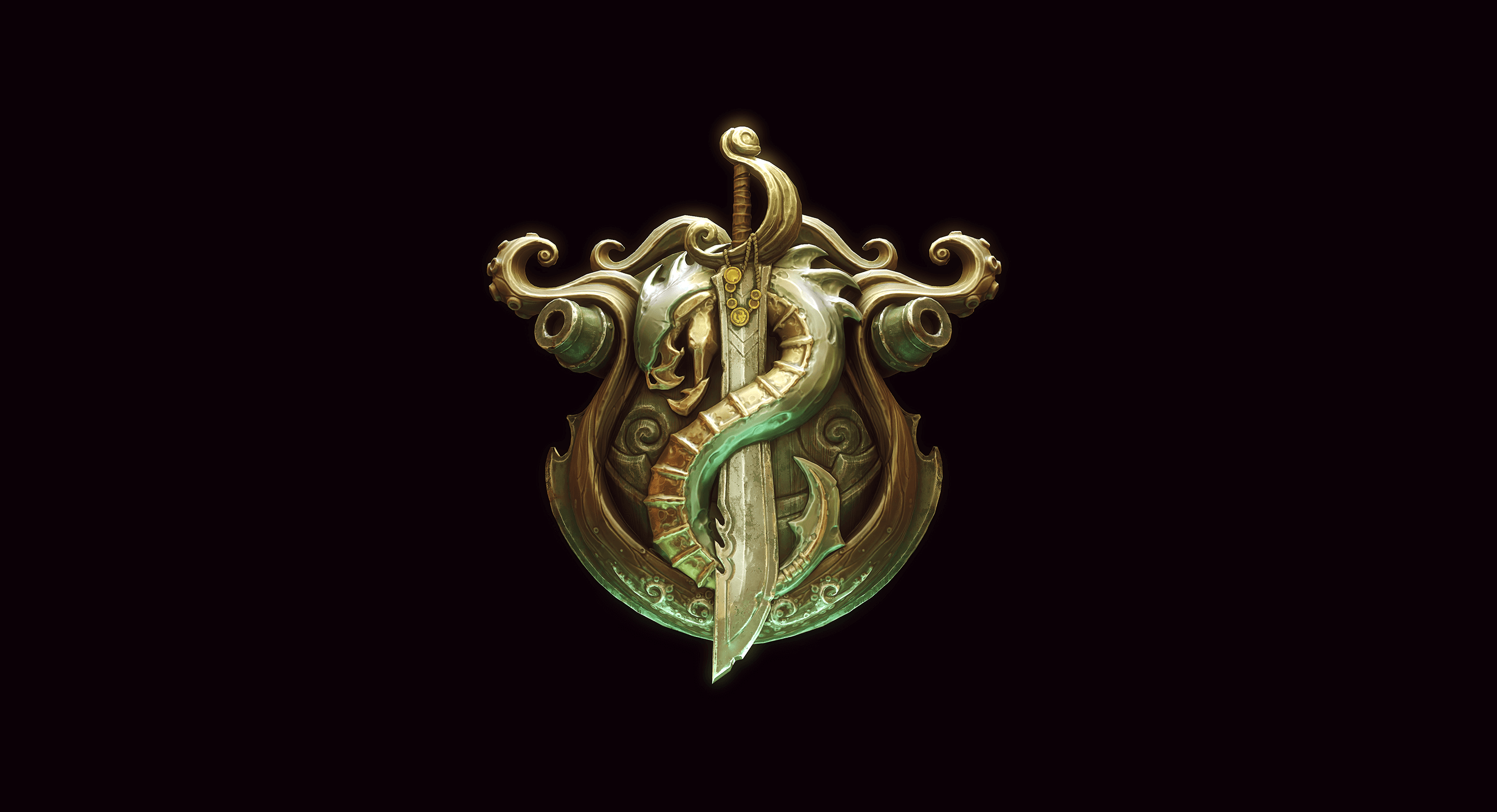
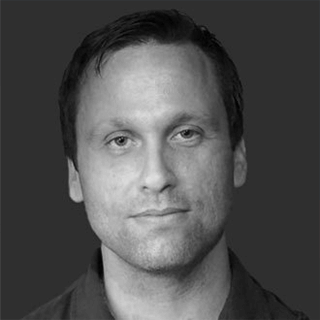
3D Artist,
Jarred Everson
[Current]
Technical Art Lead: Lightforge Games (Jan 2022- Present)
Recognizable
Projects & Awards
[Former]
Senior Technical Artst: Uncapped Games Studio at Tencent America (Jul 2021 - Jan 2022)
Technical Art Lead: Light Forge Games (Feb 2021 - Jul 2021)
Senior Technical Artist: Riot Games (May 2019 - Feb 2021)
Principal 3D Artist: Yacht Club Games (Dec 2017 - May 2019)
Senior Character Artist: Blizzard (Apr 2012 - Nov 2017)
Character Artist: WayForward Technologies (Jan 2011 - May 2012)
Class Exercises
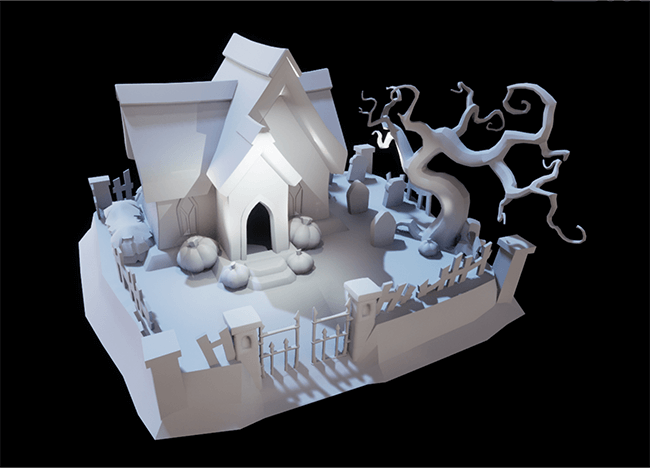
Scene Blockout
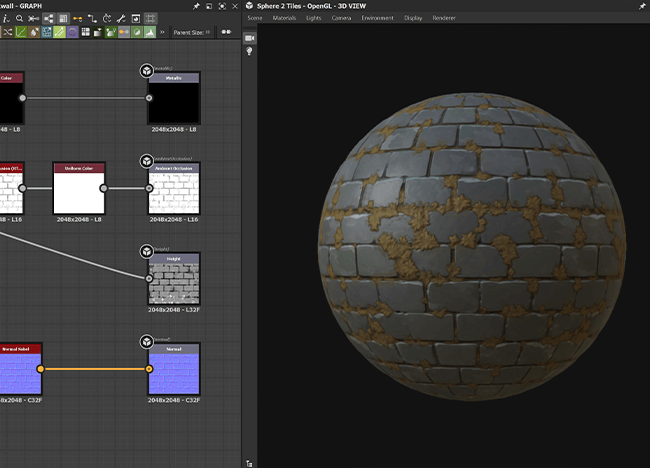
Creating Tileable Materials
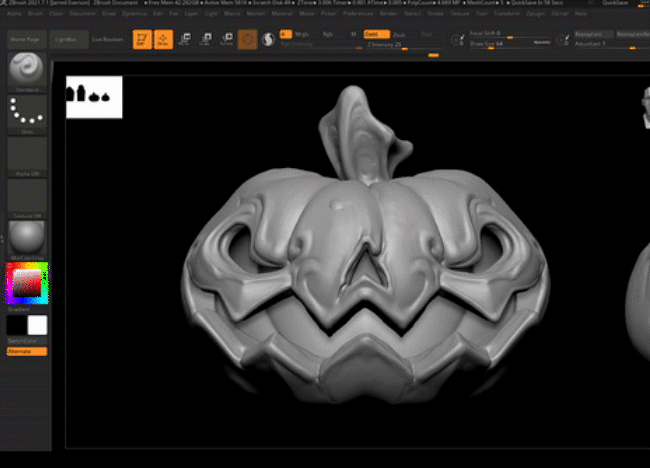
Creating High Res Mesh
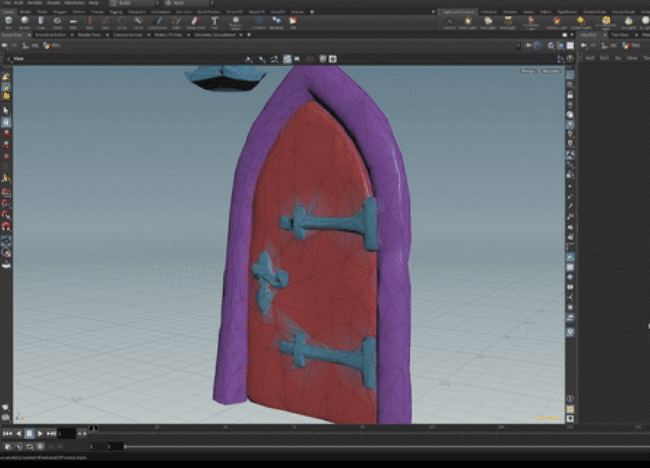
Retopology
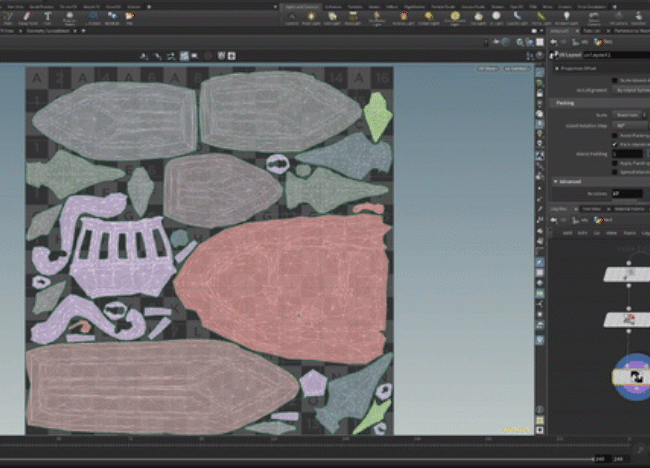
UVs
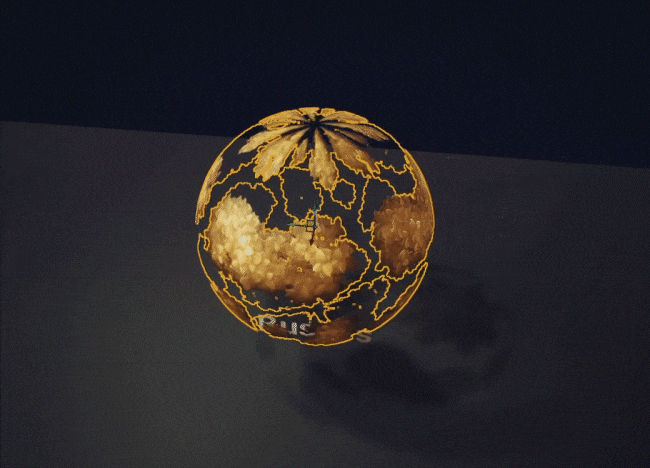
Smart Materials
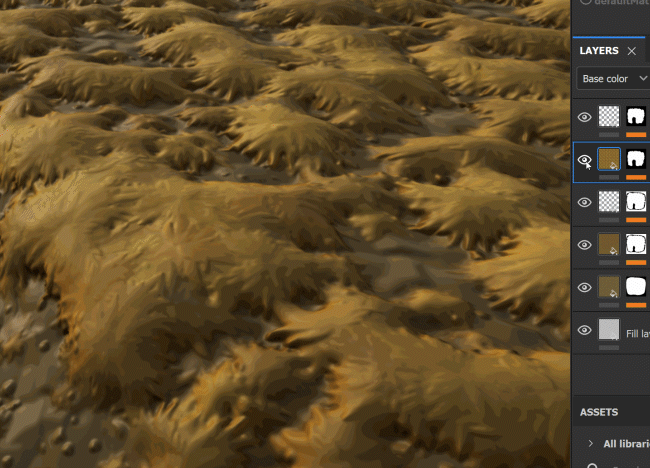
Multilayered Materials
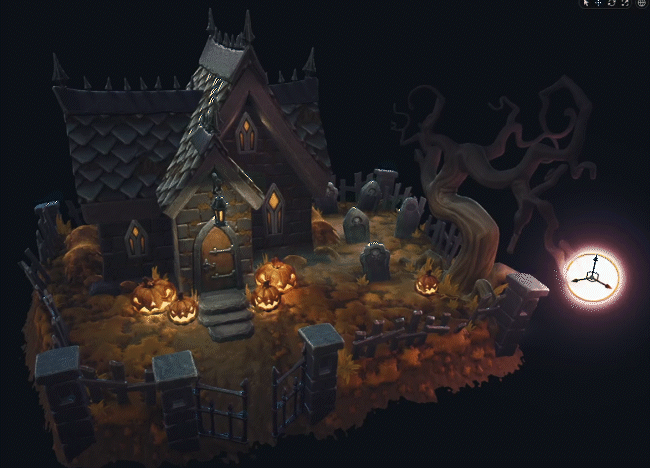
Lighting / Rendering
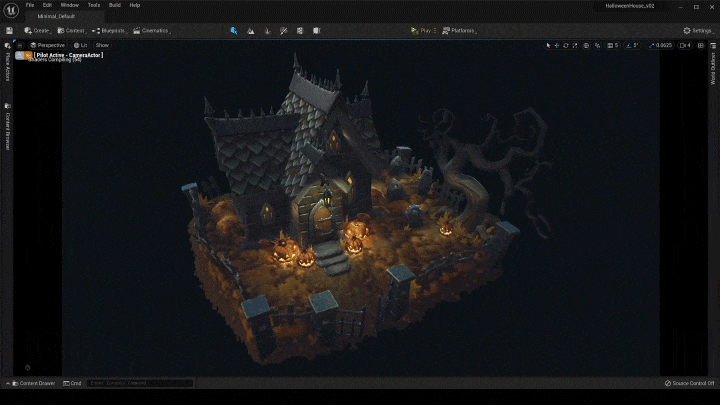
Final Scene
Class Highlights
Procedural Material Creation
What is procedueral materials, and why would you need it? Learn how to create procedural tileable, stylized materials for games using both Substance Designer and Houdini.
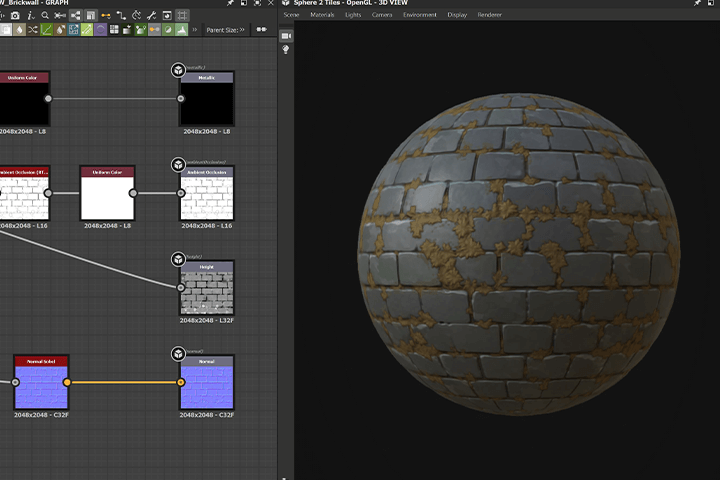
Sculpting
Learn basic sculpting techniques that acheive good results fast. We will start with the simple ones, and work on the detailed ones after. Stay tuned to learn all the tips to make your sculpting process easier and faster!
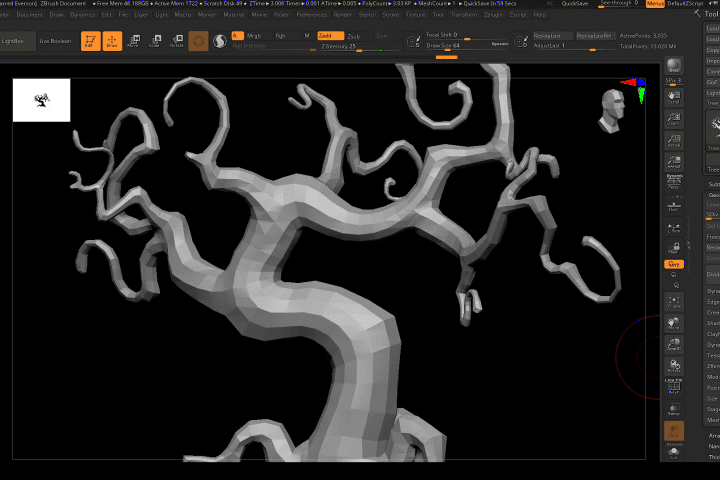
Custom Tool Creation
Learn how to create custom Smart Materials and generators in both Substance Painter and Substance Designer. Understanding how to use the presets is important, but having an option to create your custom tools will bring you to the next level.
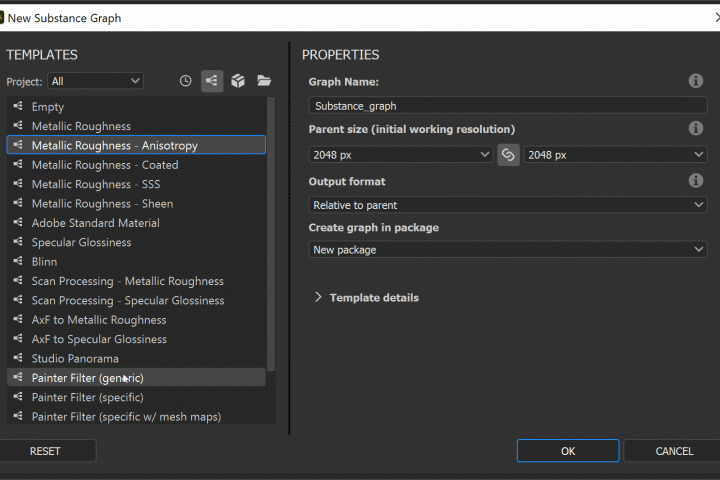
Class Details
You'll Learn
-
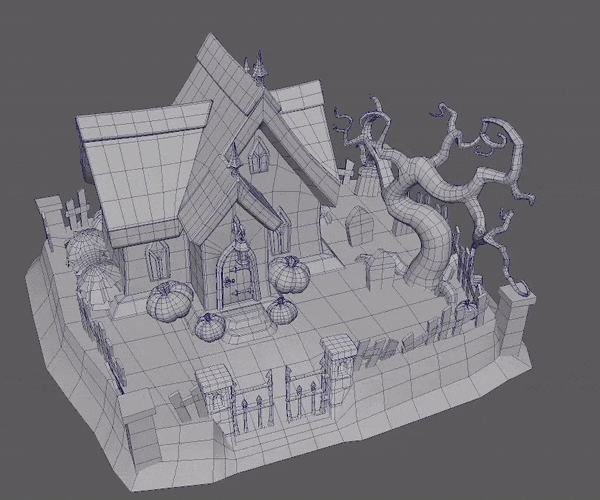 Model BlockoutsHow to blockout a scene using polygons and points with Maya, how to organize and construct scenes that yield effective results during the later stages of the pipeline.
Model BlockoutsHow to blockout a scene using polygons and points with Maya, how to organize and construct scenes that yield effective results during the later stages of the pipeline. -
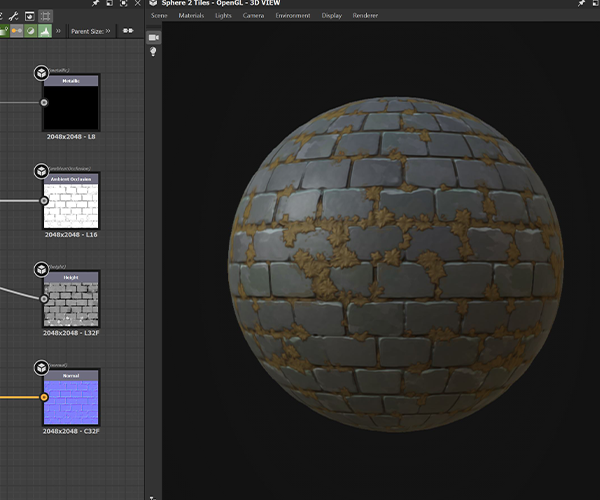 Tileable MaterialsCreating physically based stylized, tileable, procedural, materials that contain albedo, roughness, normal, and height information using both Houdini, and Substance Designer.
Tileable MaterialsCreating physically based stylized, tileable, procedural, materials that contain albedo, roughness, normal, and height information using both Houdini, and Substance Designer. -
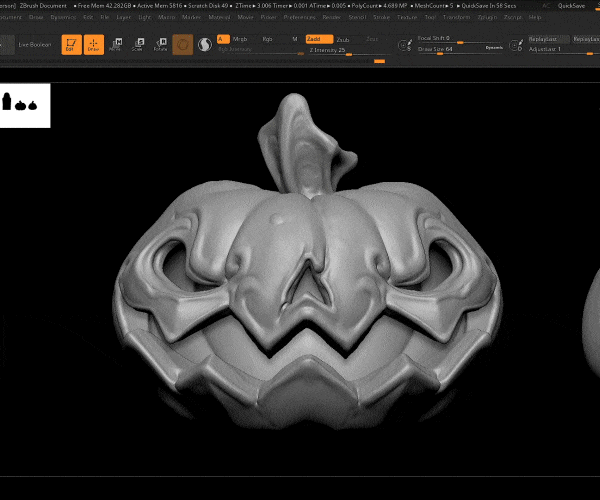 Sculpting KitsSculpting only the essential pieces inside Zbrush with a few standard brush presets.
Sculpting KitsSculpting only the essential pieces inside Zbrush with a few standard brush presets.
-
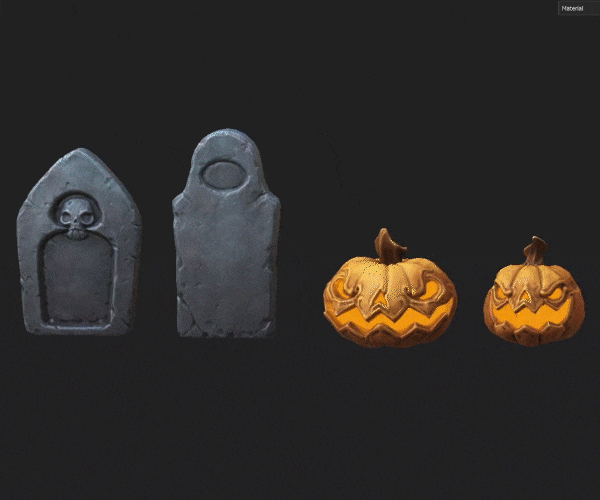 Baking, Retopology, and UV mapsOrganizing, naming, recreating, and UV mapping our kits onto single texture sheets so we can start to apply materials.
Baking, Retopology, and UV mapsOrganizing, naming, recreating, and UV mapping our kits onto single texture sheets so we can start to apply materials. -
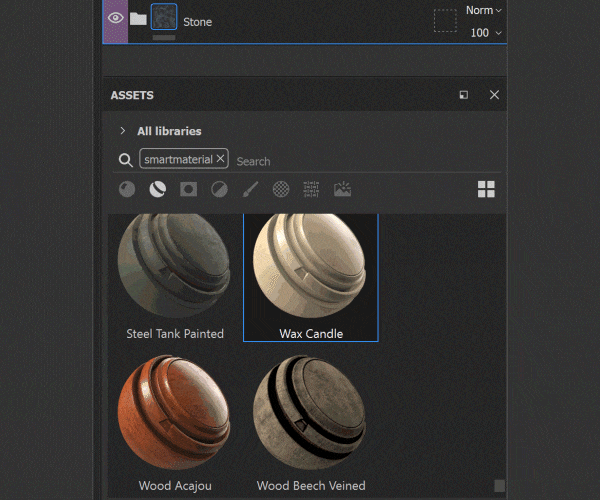 Custom Tool Creation, Generators, and Smart MaterialsCreate custom functions with custom variables inside Substance Designer, to use inside Substance Painter, group and create mesh based smart materials inside Substance Painter.
Custom Tool Creation, Generators, and Smart MaterialsCreate custom functions with custom variables inside Substance Designer, to use inside Substance Painter, group and create mesh based smart materials inside Substance Painter. -
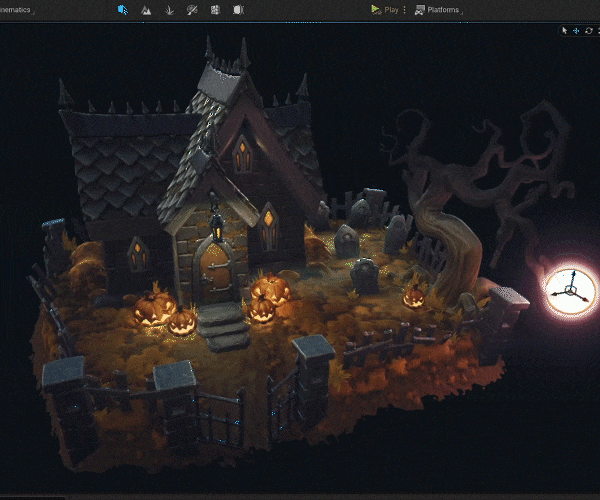 Lighting and Basic Shader CreationSetup basic lighting inside Unreal using directional, point, area, and image based lights. Create basic shaders with custom variables for fresnel color etc.
Lighting and Basic Shader CreationSetup basic lighting inside Unreal using directional, point, area, and image based lights. Create basic shaders with custom variables for fresnel color etc.
(자동 구성) 가격이 인상됩니다.
Curriculum
In-depth Look
SECTION 01. OT
01. Orientation
- Introducing your instructor
- What you will learn
- Helpful websites and software programs
SECTION 02. Blockout
02. Basics of 3D modeling/Maya Overview
- What is good blockout?
- The basic modeling tools inside of Maya
- Creating a rough version that represents all of the elements needed in our scene
03. UV Basics & Kit Creation
- What are UVs?
- Understanding what is a good and efficient UV, and what is not
- Why is UV important?
04. Introduction to Unreal / Importing Our Blockout
- How do we get assets into Unreal?
- Understanding the basics of the content browser
- The object placement overview
05. Intro to Image Based Lighting (IBL's)
- What are IBL's?
- Where can we get IBL's?
- How can we use them to light our scene in a varity of ways?
SECTION 03. Tileable Materials
06. Introduction to Houdini
- What is Houdini?
- What makes Houdini unique and different from other applications?
- Basic mesh creation and map export
- Overview of the tools and their usages: Labs nodes, Mesh Tiler, Edge Damage, and Mesh sharpen
- Voxel conversions
07. Introduction to Substance Designer
- What is Substance Designer?
- What makes it unique and different from other applications?
- Introduction to the tools: User interface, and some basic nodes
08. Completing Tileable Materials_Roof Tiles
- Houdini into Substance Designer: How to bring elements together, and complete tileable material
- Using Houdini for procedural modeling
- Exporting the baked textures, and how to use them in SD to finalize the material
- Creating tileable material for roof tiles
09. Completing Tileable Materials_Brickwall
- Creating tileable material for brickwall with moss using Houdini and Substance Designer
10. Completing Tileable Materials_Bushes
- Creating tileable material for bushes using Houdini and Substance Designer
11. Completing Tileable Materials_Foresty Ground
- Creating tileable material for foresty ground using Houdini and Substance Designer
SECTION 04.Creating High Res Mesh
12. Preperation and exporting our kits
- Distilling down the models to their most effective numbers
- Organizing, seperating, and exporting the models
13. Sculpting the Tree
- Introducing to Zbrush
- Basic sculpting overview
- How to import and export meshes
- Looking at the subdivision levels and Subtools
14. Sclupting the Gravestone kits
- Adding detail to the pumkins and gravestones using the introduced Zbrush tools
15. Sculpting the Doors and Window
- Adding details to the Doors and Window kit using the introduced Zbrush tools
- How to aid the process and provide easy and fast solutions with Houdini (without using Zbrush)
SECTION 05. Retopology
16. Topology and Auto Solution
- Understanding what topology is, and its importance
- Going over different types of topology
- Creating topology using the QuadDraw tool inside of Maya
- Understanding polyreduce node
- Using polyreduce node
SECTION 06. UVs
17. UV Layout and Auto Solution
- How to layout good uv's inside of Maya
- The legacy and current versions of the unfold tool
- The basic tools: pinning and transform functions and more
- What is Automatic UVs?
- Going over the LabsAutoUV node and compare results
SECTION 07. Smart Materials
18. Intro to Substance Painter
- What is Substance Painter?
- What types of workflows does SP offer and how can we leverage this?
- Going over the UI
- How to import materials
19. Importing and Baking
- Preparing our meshes and setting them up for good bakes
- Understanding baking process
- Sharing my tips and tricks
20. Creating mesh adaptive smart materials
- What are "Smart Materials"?
- The difference between "Smart Materials": mesh adaptive smart materials, regular smart materials, and the good ole material.
21. Creating Your Own Custom Filter
- What's a generator inside Substance Painter?
- What's a filter?
- How to create our own custom filters and generators
22. Finalizing Kit Materials and Export
- Export presets
- How to pack our textures for our Unreal Shaders
SECTION 08. Lighting/Materials
23. Assembling Materials in Unreal
- What is a Shader
- Creating your own custom shaders inside Unreal
24. Getting Displacement on Our Ground Mesh
- Using the displacement export function (Substance Painter) for ground mesh (Unreal)
25. Setting up Multi Layered Materials
- Overview of Unreal's layering system
- Using layering system for environment work
SECTION 09. Rendering
26. Lighting and Lumen
- Understanding the different light types inside of Unreal
- Using various light types to light our scene
- Introduction to Lumen
- What is an emissive based light and how to create it?
SECTION 10. Additional Learning
27. PBR, why it's important to be consistant
- My thoughts on a physically based rendering pipeline: Changes, constraints, different variables to look at
28. Marmoset
- A quick introduction to Marmoset and it's features
SECTION 11. Conclusion
29. Final thoughts
- Until next time
*The release date of this class, curriculum images, and associated content can be changed without prior notice.
Interview with
3D Artist Jarred Everson

Is There a Specific Reason Why You Chose This Specific Topic/Themes?
I chose these themes and tools because it's a recent discovery of mine on how the two procedural tools, both 2D and 3D can work together to create great-looking results very easily.
What Makes Your Class Different From Other Classes?
The unique approach to procedural materials that utilizes both Houdini and Substance Designer, the wide range of relevant topics we will cover, from basic modeling to baking, to more advanced Houdini networks, it offers something for almost everyone interested in material creation.
Please Share Your Thoughts on the Job Market of the Industry
The technological industry has seen, and is expecting a large amount of growth. With the number of tools and information available on the market, it's a great time to pursue a career in real time 3D solutions.
What do you think is the most important trait(s) to success in your industry?
For me, the most important trait was my ability to learn and accept new ways of creating content. To see new tools as a gift, not a burden, and explore new ways to achieve faster, more efficient results. Along the way, I quickly learned that humility, and respect will go a long way with your colleagues.
Required Programs
This course will use Substance Designer, Houdini, Maya, Zbrush, and Unreal Engine.
Please purchase and install these program(s) for an optimized lecture experience.
*These programs and/or materials will not be provided with the lecture.
Trial Links
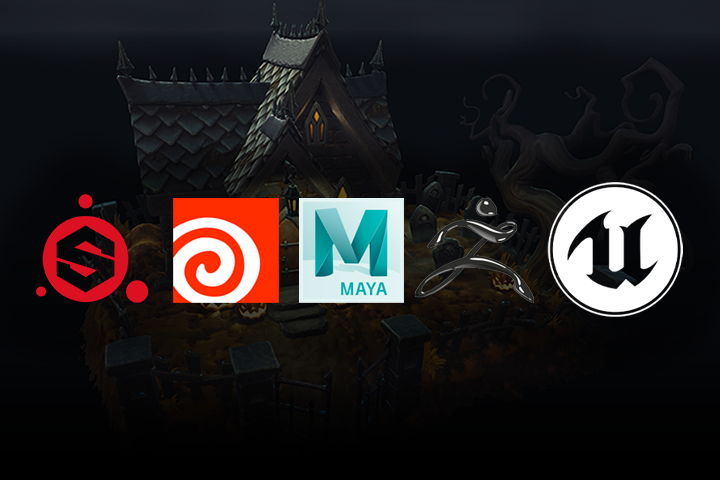
Recommended Classes
Like this class?
Then check these out!
국내 8개 카드사 12개월 무이자 할부 지원! (간편 결제 제외)
※ BC카드의 경우, 비씨(페이북)을 선택하여 결제시에만 12개월 무이자 할부가 가능합니다.
(BC계열 - 우리/제일/기업/대구/경남/부산/광주/수협/전북/제주/신협)
